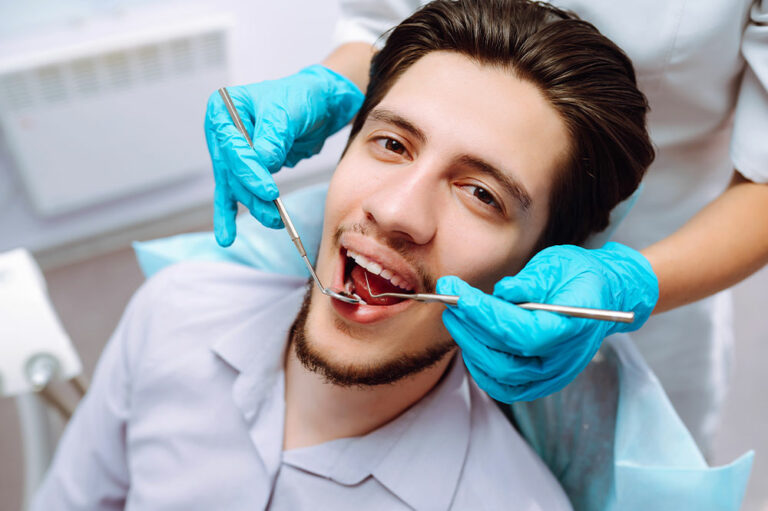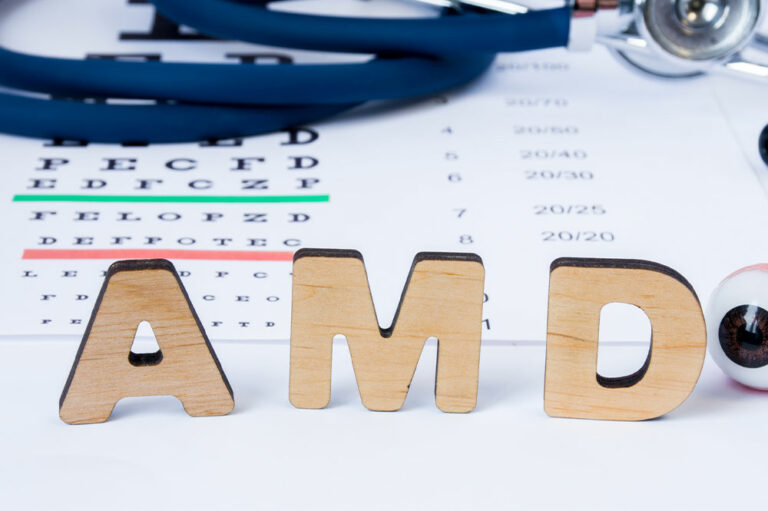
01
10 worst cancer-causing foods
People start developing cancer because of a combination of factors. Some of these factors are a lack of physical activity, ignoring visible symptoms when they first appear, other illnesses, being unknowingly exposed to carcinogens, certain lifestyle habits, and eating the wrong foods. That last factor is more of a contributing element to cancer than what many people may know about. To help readers know better, here are some of the biggest cancer-causing foods out there: Salted fish Salt can cause several health issues, especially for a person’s cardiovascular and circulatory health. Salt tends to absorb water from the body. So, excessive consumption of salty foods can lead to loss of fluidity in a person’s blood, causing circulation to become much more labored. Salted fish comes with nitrates that are used as preservative agents. These preservatives are used to boost the shelf life of fish. Nitrates are one of the prime carcinogens. They can cause several different kinds of cancer. While a small concentration of nitrates tends to be mostly harmless, regular consumption causes a cumulative effect and can eventually result in malignancy. Sugary drinks Sugar has several inflammatory properties. Consuming sugar-heavy foods can cause inflammation in various areas of the body.
Read More 









